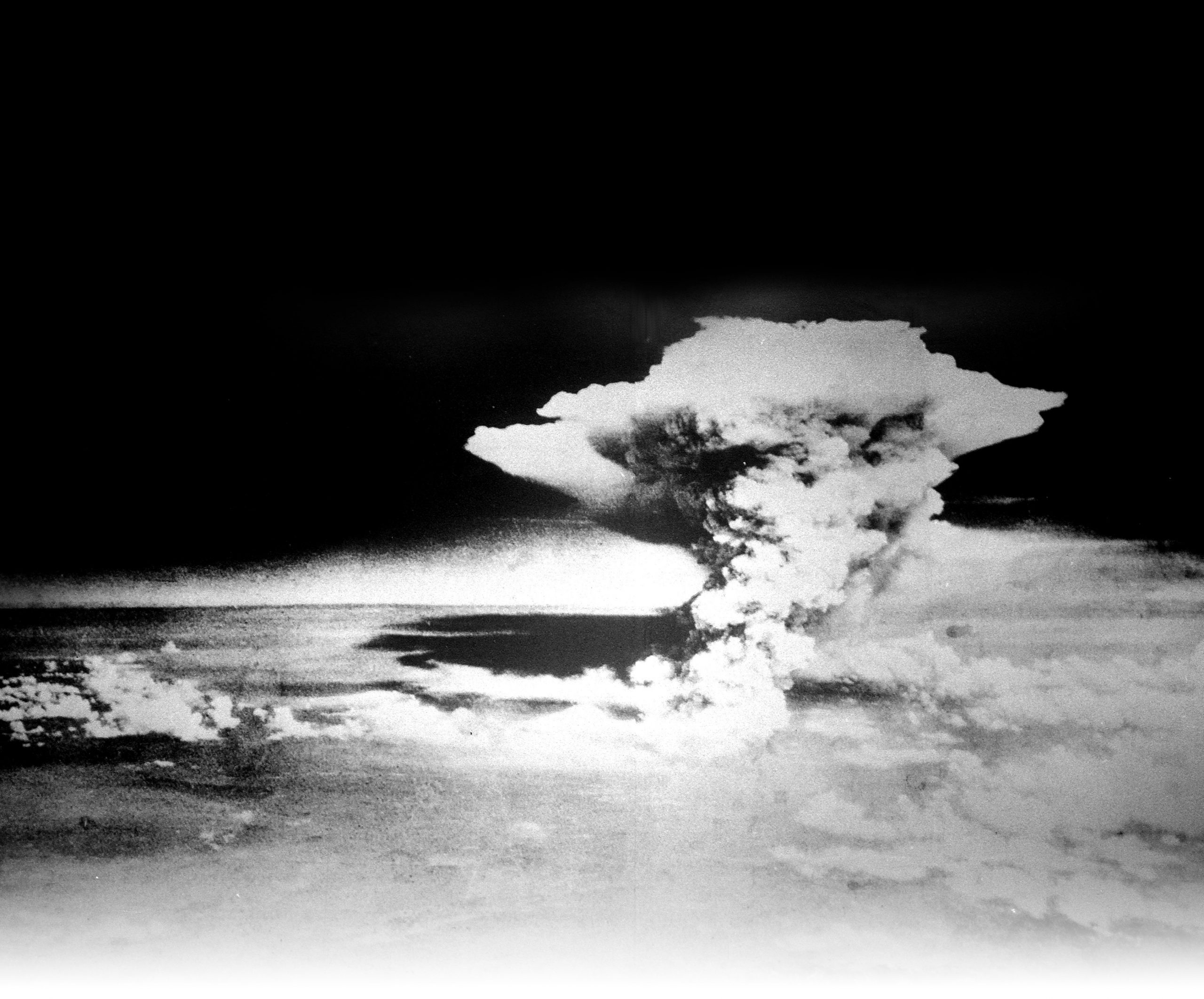
The two atomic bombs dropped on Japan in August 1945 marked a new stage in human development and conflict. The atomic bomb was a ‘game-changer’ that gave the USA and its allies a clear advantage over the rest of the world. Stalin was quick to realise this and ordered his scientists to start work on developing their own atomic weapons. By 1949 the USSR had succeeded in developing its own bomb. The Russians were now directly competing with the West in the development of nuclear weapons.
The fact that the USSR developed its own nuclear capability so quickly astonished the Americans. It was clear they must have had help and when spies were uncovered in both Britain and the USA worries about ‘fifth columnists’ and ‘reds’ intensified. This fuelled fears that the USSR might gain an advantage in what was rapidly developing into an atomic arms race. The USA’s response was to increase funding for research and development into new and more powerful nuclear devices. On 1 November 1952 the USA successfully tested the first hydrogen bomb.
Your organisation does not have access to this article.
Sign up today to give your students the edge they need to achieve their best grades with subject expertise
Subscribe




